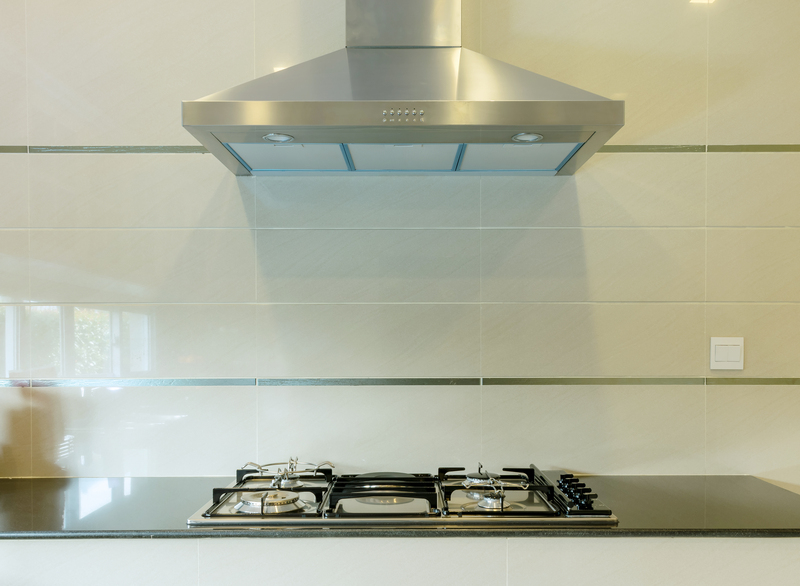
Introduction
Your sofa is often the centerpiece of your living room, providing both comfort and aesthetic appeal. However, like all furniture, sofas don't last forever. Knowing when to replace a sofa can save you money in the long run and enhance the comfort and style of your living space. Here's a comprehensive guide to help you determine the right time to upgrade your sofa.
Signs of Wear and Tear
One of the most obvious indicators that you need a new sofa is visible wear and tear. Over time, daily use can cause fabric to fray, cushions to sag, and frames to wobble.
- Fabric Degradation: If the fabric is ripping, stained beyond cleaning, or has developed an odor that won't go away, it's time to shop for a new sofa.
- Cushion Sagging: When cushions lose their rigidity and fail to bounce back after you get up, they are no longer providing the support you need.
- Frame Damage: A creaky or wobbly frame can indicate structural issues that make the sofa unsafe or uncomfortable to use.
Style and Aesthetics
Your sofa should complement your home's interior design. If it looks outdated or no longer matches your decor, it may be beneficial to replace it.
- Outdated Design: Trends and personal tastes evolve. If your sofa looks like it belongs in another decade, it might be time for an upgrade.
- Mismatch: As you update other elements of your home decor, your sofa can start to look out of place, prompting a replacement.
Functionality
Sometimes, your current sofa just doesn't meet your needs anymore. Whether you need more seating or built-in features like a recliner, it's essential that your sofa suits your lifestyle.
- Size: Your sofa may no longer fit your living space if you've moved to a larger or smaller home.
- Multi-functional: Modern sofas often come with features like pull-out beds or built-in storage, increasing their functionality.
When to Replace a Sofa: Tips
- Evaluate Cost vs. Value: Sometimes, repairing a sofa can be more expensive than buying a new one, so weigh the costs carefully.
- Consider Your Warranty: Check if your sofa is still under warranty. You could benefit from repairs or replacements at a reduced cost.
- Online Reviews: Read reviews and buyer's guides to find sofas that offer durability and comfort.
- Think About the Future: Choose a neutral style and durable fabric to ensure your new sofa will stand the test of time.
Pros and Cons
Pros:
- Enhanced comfort and support
- Improved style and aesthetic appeal
- Potentially better functionality
- Increase in home value
Cons:
- Cost involved in buying a new sofa
- Time and effort required to choose and purchase a new sofa
- Potential emotional attachment to the old sofa
Takeaways
- A well-maintained sofa should last between 7 to 15 years, but visible wear and tear, lack of comfort, and outdated style are key indicators that it's time for a replacement.
- Consider your needs and future plans when choosing a new sofa, and make sure to invest in quality for long-lasting comfort and style.
- Don't ignore your comfort and health; a good sofa can significantly impact your wellbeing.
Conclusion
Knowing when to replace a sofa involves considering several factors, including wear and tear, comfort, style, and functionality. By taking the time to evaluate these aspects, you ensure that your new sofa will be a valuable addition to your home, providing both comfort and style for years to come.




